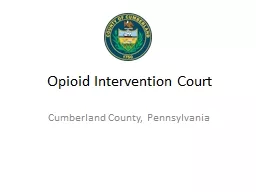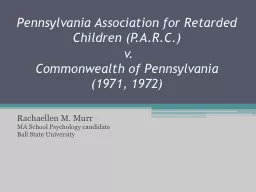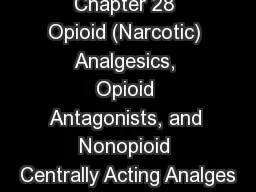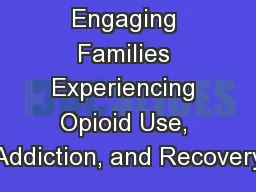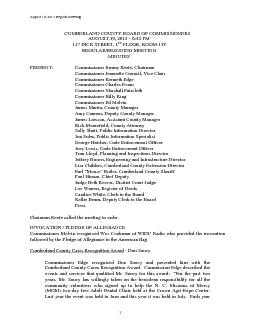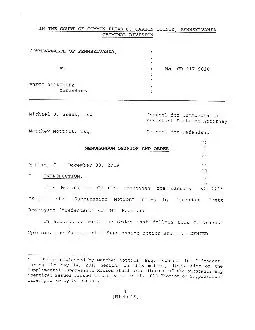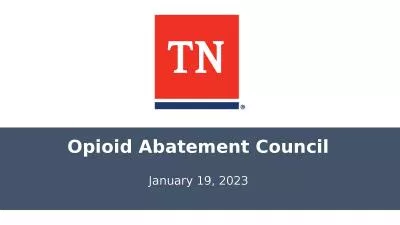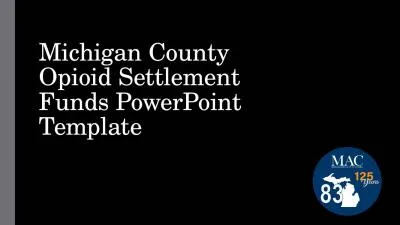PPT-Opioid Intervention Court Cumberland County, Pennsylvania The Problem
Author : olivia-moreira | Published Date : 2019-11-03
Opioid Intervention Court Cumberland County Pennsylvania The Problem In 2016 13 Pennsylvanians died daily due to opioids The epidemic is the leading cause of death
Presentation Embed Code
Download Presentation
Download Presentation The PPT/PDF document "Opioid Intervention Court Cumberland Cou..." is the property of its rightful owner. Permission is granted to download and print the materials on this website for personal, non-commercial use only, and to display it on your personal computer provided you do not modify the materials and that you retain all copyright notices contained in the materials. By downloading content from our website, you accept the terms of this agreement.
Opioid Intervention Court Cumberland County, Pennsylvania The Problem: Transcript
Download Rules Of Document
"Opioid Intervention Court Cumberland County, Pennsylvania The Problem"The content belongs to its owner. You may download and print it for personal use, without modification, and keep all copyright notices. By downloading, you agree to these terms.
Related Documents

